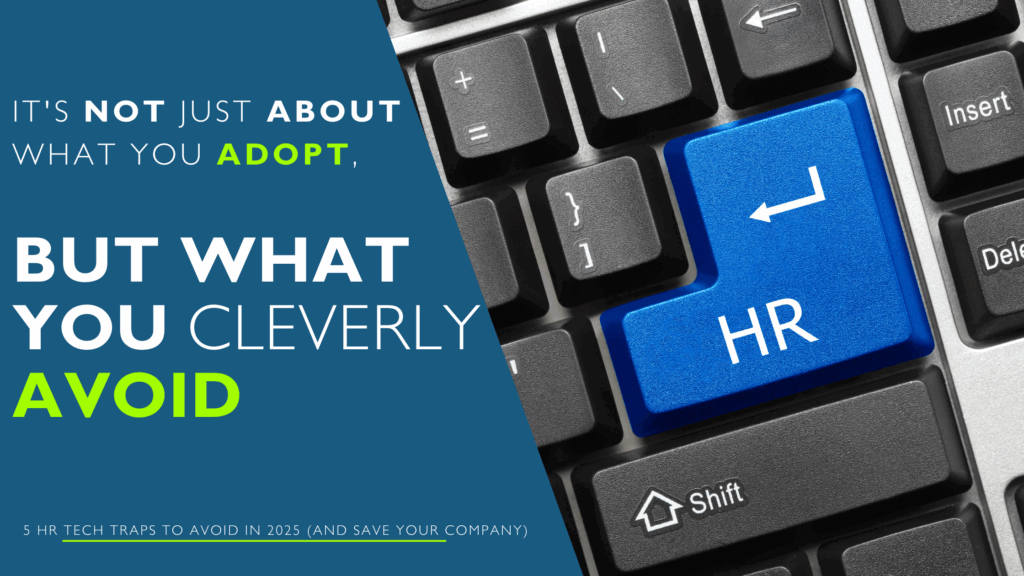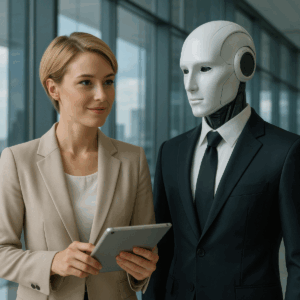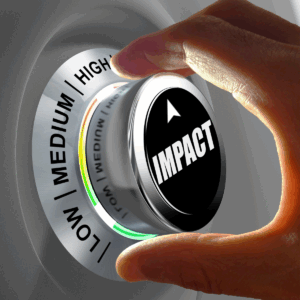It is a long established fact that a reader will be distracted by the readable content of a page when looking at its layout.

Working Hours
- Saturday 9:00 - 12:00 pm
- Sunday closed
It is a long established fact that a reader will be distracted by the readable content of a page when looking at its layout.


The landscape of Human Resources is undergoing a seismic shift, powered by an explosion of innovative technologies. From AI-driven recruitment to hyper-personalized learning platforms, HR tech promises unparalleled efficiency, deeper insights, and a genuinely engaging employee experience. But as 2025 unfolds, the path to leveraging this potential is riddled with subtle, yet significant, pitfalls. Many companies, eager to embrace the future, are inadvertently walking into these traps. Avoiding them isn’t just about saving money; it’s about safeguarding your company’s talent, culture, and future viability.
Here are 5 unique HR tech traps to steer clear of in 2025:

In the race for efficiency, some organizations are automating every possible HR interaction, from onboarding chatbots to algorithm-driven performance feedback. While automation is powerful for transactional tasks, a growing reliance on it at the expense of human connection can severely backfire.
Why it’s a trap: Employees, especially in a world grappling with remote and hybrid work models, crave genuine connection and empathy from their HR function. When every query is met by a bot or every concern routed through a self-service portal with no human follow-up, it fosters a sense of depersonalization, reducing trust and engagement. This can result in higher turnover rates, diminished morale, and the impression that the company prioritizes its systems over its employees.
How to avoid it:

With advanced analytics and reporting capabilities, HR tech can generate a dizzying array of data points: time-to-hire, training completion rates, engagement scores. The trap lies in celebrating these metrics without truly understanding their meaningful impact on business outcomes and employee well-being.
Why it’s a trap: Many companies become fixated on dashboard numbers, assuming that a green light on a KPI means success. However, high engagement scores might mask underlying burnout, or a fast time-to-hire could mean poor quality of hire. Without a deep dive into the qualitative aspects and how these metrics actually translate into productivity, innovation, or retention, you might be investing heavily in solutions that provide “phantom ROI” – impressive data without real-world value.
How to avoid it:

Many organizations accumulate HR tech solutions over time, leading to a fragmented ecosystem of disparate systems that don’t “talk” to each other. The trap is either ignoring this issue or attempting to patch it with endless, costly custom integrations that create a complex, unstable “digital Frankenstein.”
Why it’s a trap: When core HR systems (HRIS, payroll, ATS, LMS) operate in silos, data accuracy plummets, manual data entry becomes rampant, and HR professionals waste countless hours reconciling information. This not only erodes efficiency but also hinders strategic decision-making because there’s no single, reliable source of truth about your workforce. The more custom integrations you build, the more fragile your ecosystem becomes, susceptible to breakage with every update.
How to avoid it:

HR tech offers unprecedented capabilities for hyper-personalization – tailoring learning paths, benefits, and communication based on individual employee data. However, the “hyper-personalization paradox” arises when this tailoring becomes so granular that it inadvertently creates silos, diminishing shared experiences and a sense of collective culture.
Why it’s a trap: While individual needs are important, a purely personalized HR experience can lead to employees feeling isolated from the broader company narrative and their colleagues. If every employee has a completely unique learning journey or communication stream, it can fragment the workforce, making it harder to foster a unified culture, shared values, or collective problem-solving. It risks losing the “water cooler” effect, even digitally.
How to avoid it:
5. The "Obsession with Predictive AI" Trap: Substituting Human Judgment for Algorithmic Answers
Predictive AI in HR offers tantalizing promises: predicting attrition, identifying high-potential employees, or even flagging potential compliance risks. The trap lies in becoming overly reliant on these algorithmic predictions, allowing them to override human judgment and intuition without proper scrutiny or ethical safeguards.
Why it’s a trap: While AI can identify patterns and correlations that humans might miss, its predictions are only as good as the data they’re trained on. If the data contains historical biases, the AI will perpetuate and even amplify them. Blindly trusting AI can lead to discriminatory hiring practices, unfair performance evaluations, or the misidentification of talent. It can also stifle innovation by narrowing the scope of what’s considered “ideal” based on past performance, rather than future potential.
How to avoid it:
Conclusion
By being aware of these unique traps, HR leaders in 2025 can move beyond simply adopting new technology to strategically implementing solutions that truly save their companies – not just in terms of cost, but by fostering a thriving, engaged, and ethically managed workforce.
Signup Today
Stay informed and be the first one to know about our latest cutting-edge solutions.
Copyright © 2023 Sage Informatics (PTY) Ltd. All Rights Reserved.